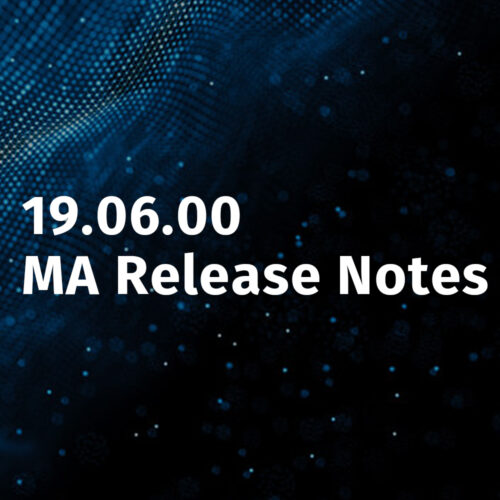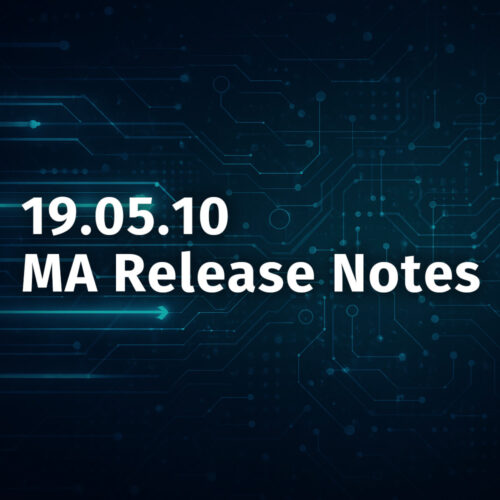TL;DR: No shortage of articles & opinions on modeling your infrastructure after FANG, DevOps vs SRE; but we believe that isn’t the right question. We think you must first figure out how to harness the full power of technology to have maximum impact on your business — which means moving towards ITaaS.
[hr style=”2″ margin=”20px 0″]
You probably have seen or even participated in debates on topics such as “Should you run your infrastructure like FANG (Facebook, Amazon, Netflix, Google), the #GIFEE movement, or “Should you be using DevOps or SREs” to manage your IT infra. #GIFEE = Google Infrastructure for Everyone Else
But are these the questions you should be asking right now? It’s a VERY exciting time to be in the technology field. And though the technology landscape of the data center has changed more in the past 5 years than ever before, most businesses don’t need to learn how to run like FANG, or a popular startup to stay relevant.
Rather, they need to first answer this question:
How do you harness the full power of existing and new computing technology to have the maximum impact on your business?
To have an impact, technology must be adapted in ways that deliver innovation that is relevant to the situations businesses face. However, most current-generation data centers were not built for rapid evolution. The slow pace of change means that many companies are finding it hard to deliver IT as a Service, and an ultimate vision for IT that focuses on supporting the business.
Data centers of the current generation are the foundations of the businesses they serve, but the unfortunate truth is that too often they are also viewed as roadblocks to progress. A very clear view has emerged of what we call the next-generation data center, a new type of data center that will take advantage of all of the mechanisms that have emerged to simplify the complexity of traditional data centers and make them more manageable.
The following outlines our three step approach to, over time, transform your current infrastructure into the “next-generation” data center, delivering IT as a Service to your business.
[secbreak title=”Step One – Understand Your Existing Data Center” imgalign=”right”] [/secbreak]
[/secbreak]
To move forward, it is crucial that you understand and master the complexity of your current data center infrastructure: on-premise, in colocation facilities, and in the cloud. Specifically: You need a single source of truth that can be accessed quickly by people in multiple roles. It offers a clear view that helps you understand where you are and how the layers of your data center – the racks, the power, the networks, the servers, the applications, the security, and so on – are all connected. With this single source of truth, you can identify the clusters of technology that support each application and each user. This makes it possible to plan and manage change effectively. This single source of truth can be infused into every monitoring, automation, ticketing, and finance tool in use and even directly improve the functioning of infrastructure tools such as OpenStack. The operations of the data center can start to move in the direction of more automation, transparency, and application centricity. Device42 was created to allow companies to turn the lights on and rapidly establish and maintain a single version of the truth. It allows you to easily create a detailed and constantly refreshed map of the complexity of your entire data center infrastructure and provides the right view for each person involved. This provides a foundation for progress.
[secbreak title=”Step Two – Improve Your Current Game” imgalign=”right”] [/secbreak]
[/secbreak]
You don’t move to the lights out, fully automated next-generation data center in one giant leap (and it’s likely you won’t need such a data center anyway). Rather, the journey is made up of many small steps that build on each other to help you arrive at a data center that best fits your business.
-
There are seven broad areas on which to concentrate in order to improve your game: Dramatically expand automation.
-
Instrument and monitor everything.
-
Build a dynamic map of dependencies at all levels to accelerate analysis and debugging.
-
Dramatically reduce traditional silo-based control of specific components.
-
Accelerate the pace of change.
-
Distribute control of provisioning.
-
Move a larger percentage of the data center to the cloud.
It is during this phase that more and more of the modern components that support a next-generation data center start to show up. Device42 can help manage the current data center in a better fashion, giving the data center team some breathing room and technical support to allow them to build new skills and move toward IT as a Service. Device42 also keeps pace with the speed of change enabled by the modern components.
[secbreak title=”Step Three – Build a Next-Generation Data Center to Support IT as a Service” imgalign=”right”] [/secbreak]
[/secbreak]
The final step is completing deployment of next-generation data center components and using them to create a new form of IT to support the business. This creates a data center focused on the needs of applications: As the computing needs of applications that support the business become better understood, these applications become more powerful by using next-generation data center components. This happens with both custom- and vendor-provided software. The applications automatically pull more resources from the data center infrastructure when they need them, and give them back when they don’t. The company’s ability to support new applications is greatly enhanced because the data center has been created to rapidly expand, contract, and change as needed.
Over time, the data center becomes more like a platform. The complexity is managed by the next-generation components. It is now possible to scale and support new applications quickly. Device42 can keep track of how each application is supported across this shared infrastructure.
But in this scenario, the fast moving data center must also be managed. When things change rapidly and resources are shared, new challenges emerge, such as managing security and compliance in a rapidly changing environment. In all three of these steps, Device42’s self-documenting CMDB enables you to create and maintain a single source of truth that describes the current generation data center, the next-generation data center, and the fast-moving platform we call IT as a Service.
Device42 is a powerful, multi-faceted solution that can play a crucial role for companies seeking to master the complexity of their current data center and to accelerate the transition to the next-generation data center and ultimately move to the IT as a Service model.
Creating a new type of data center that provides unprecedented levels of business value is a worthy goal. We’d love to hear your thoughts on this topic as well.



